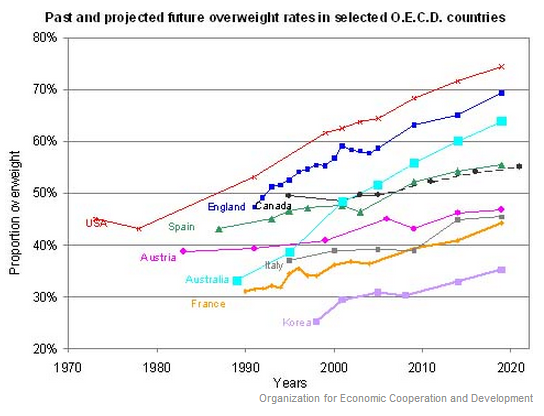 This is the second post in a four part series. Start at the beginning with: Whimsical Branding Obscures Apple’s Troubled Supply Chain.
This is the second post in a four part series. Start at the beginning with: Whimsical Branding Obscures Apple’s Troubled Supply Chain.
In a recent post on the Apple brand and its cultural significance, I drew on my study with Gabriela Hybel of over 200 Apple television commercials aired between 1984 and the present to argue that Apple excels at what branding experts refer to as “emotional branding.” I pointed out that Apple commercials cultivate happiness through whimsical depictions of products and their users. In this post I focus on another key finding from this research, which is the prominence of sentimentality in Apple commercials. Both of these things — whimsicality and sentimentality — are key parts of the promise that Apple makes to its customers.
To this end, an important part of the promise that Apple makes to its customers is that using their products will strengthen the customer’s relationships with loved ones, and that the customer will experience positive emotions because of this. This trend, like playfulness, can be traced back to a commercial for the iMac and iMovie that aired in 2000.
Sentimentality features heavily in commercials for iPads and iPhones that have aired over the last few years. In the “I’ll be home for Christmas” ad for the iPad and iPad Mini, which aired in 2012, Apple technology provides the platform for the development of a seemingly long-distance relationship between a young girl and her grandfather.
A commercial that debuted just a month ago drips of sentimentality as it illustrates how Apple products strengthen our relationships with loved ones, near and far. But, also, and importantly, the commercial emphasizes the experiential aspect of the brand in a way that appeals to our desire to feel positive emotions.
With its subtly slowed motion, time and experience are stretched out in this commercial. Regarding the company signature that appears on products, the narrator states, “You may rarely look at it, but you’ll always feel it. This is our signature. And it means everything” (emphasis added).
Apple product users are living in the moment, soaking up all the sentimental experiences of pleasure, love, satisfaction, and jubilation that the brand promises, and that the products appear to deliver upon. This promise is what sells Apple products. It shows us what we can have if we make the purchase, and in doing so, convinces us to turn a blind eye to the labor and environmental abuses in the company’s Chinese supply chain.
Next: Be Young, Be Cool, Be Happy…as an Apple Consumer.
Nicki Lisa Cole, Ph.D. is a lecturer in sociology at Pomona College. She studies the connections between consumer culture, labor, and environmental issues in global supply chains. You can follwer her at 21 Century Nomad, visit her website, and learn more about her research into Apple here.










